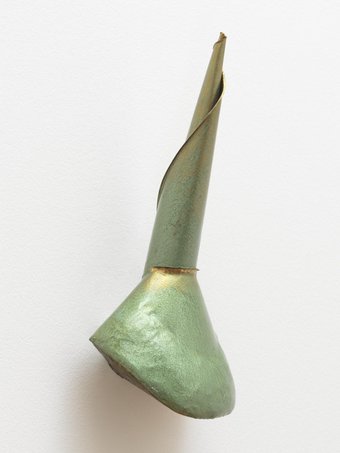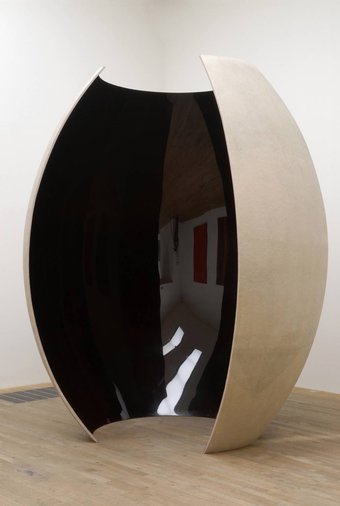Explore the sculptures of Shelagh Cluett, Richard Deacon, Anish Kapoor, Alison Wilding
The 1980s saw many younger artists in Britain rethinking methods of making sculpture. The artists in this display share a focus on the physical construction of artworks. They highlight materiality, mass and volume in their work.
Both natural and industrial forms were sources of inspiration. Often, they allow us to see traces of the making process in their finished sculptures. This was a shift from the previous decade, which was dominated by conceptual art. This placed more importance on the ideas behind the work than the finished artworks themselves.
The display also includes some of these artists’ drawings. Though they are independent artworks, they connect strongly with their sculptural work. This challenges the traditional divide between two- and three-dimensional art.
In another shift from conceptual art, these artists made works that suggest narratives and images. However, they do so indirectly. The content and imagery come from subjective sources, personal to each artist. These are often hard to define, ‘sidestepping language’ in Alison Wilding’s phrase.
Ideas explored include rituals and belief, archetypal symbols and the workings of language itself. The sculptures invite us to concentrate on their particular physical form. But we are also led to think about their likeness to other things. They communicate meaning through these echoes and resemblances.
Tate Britain




